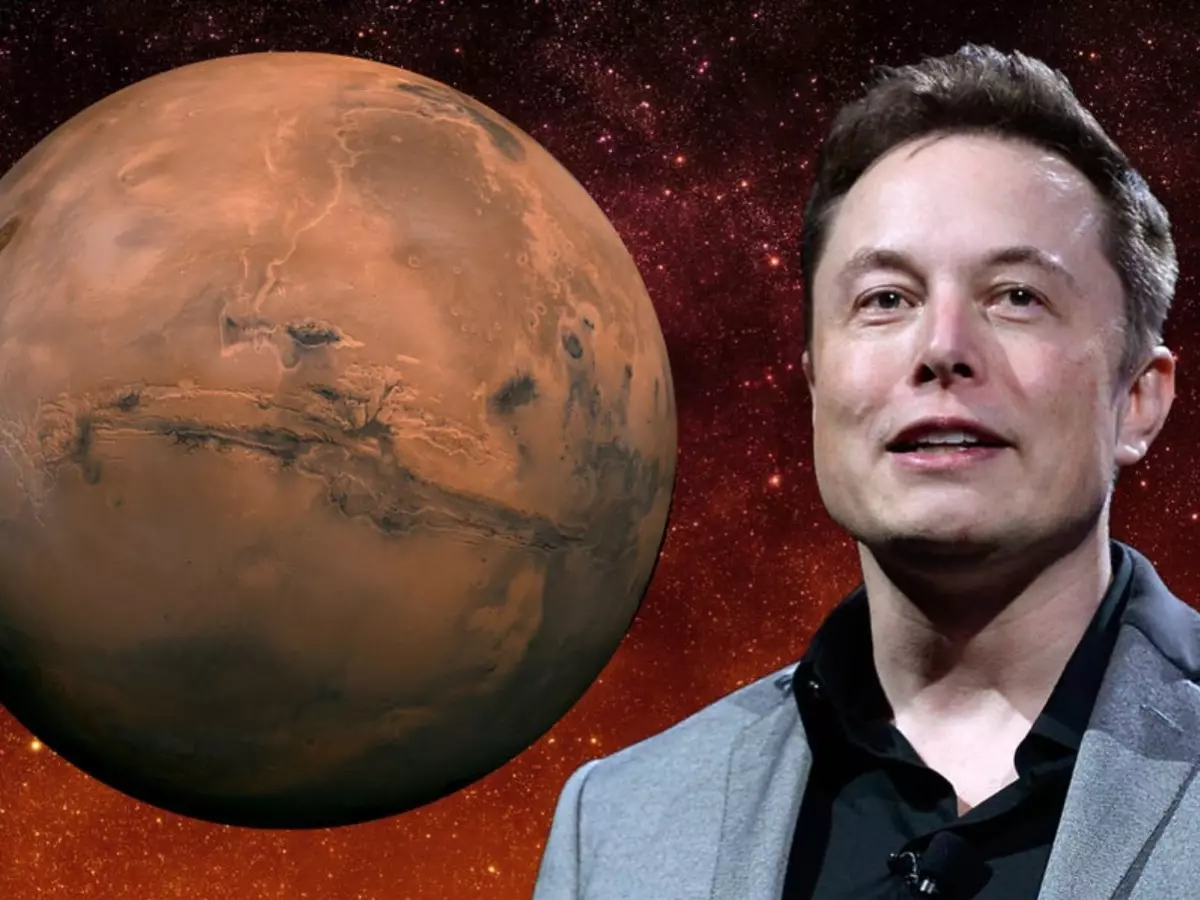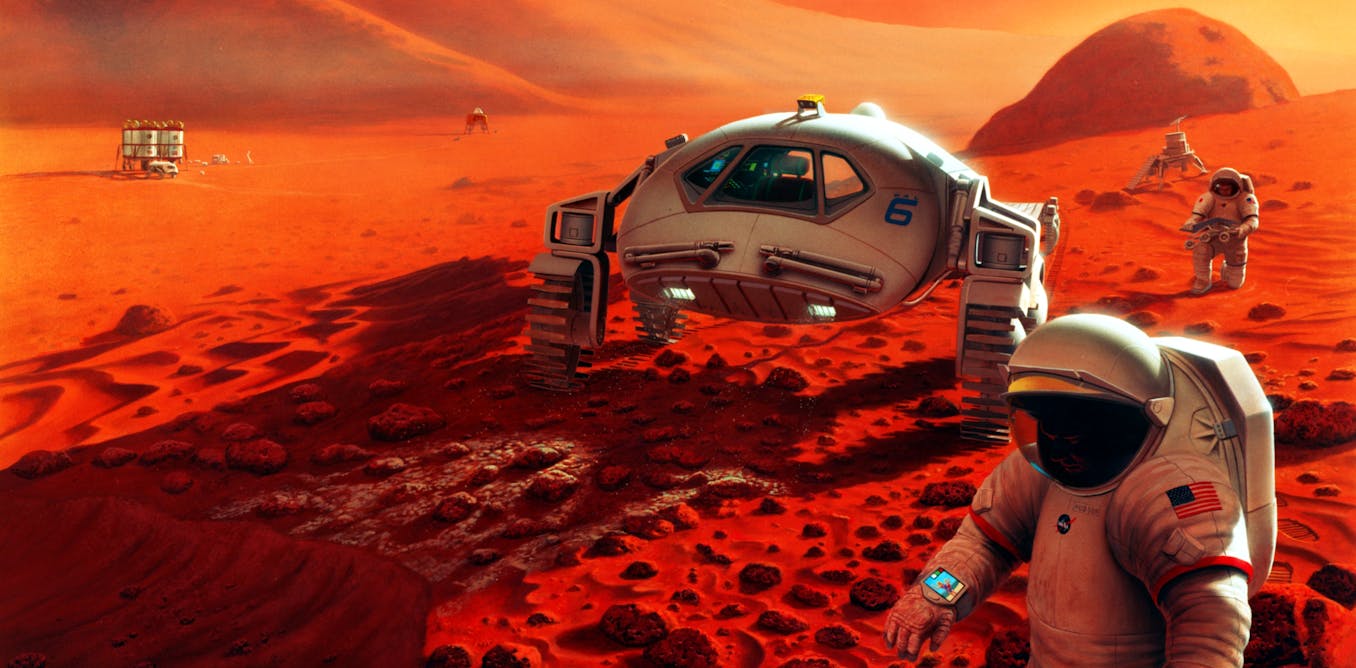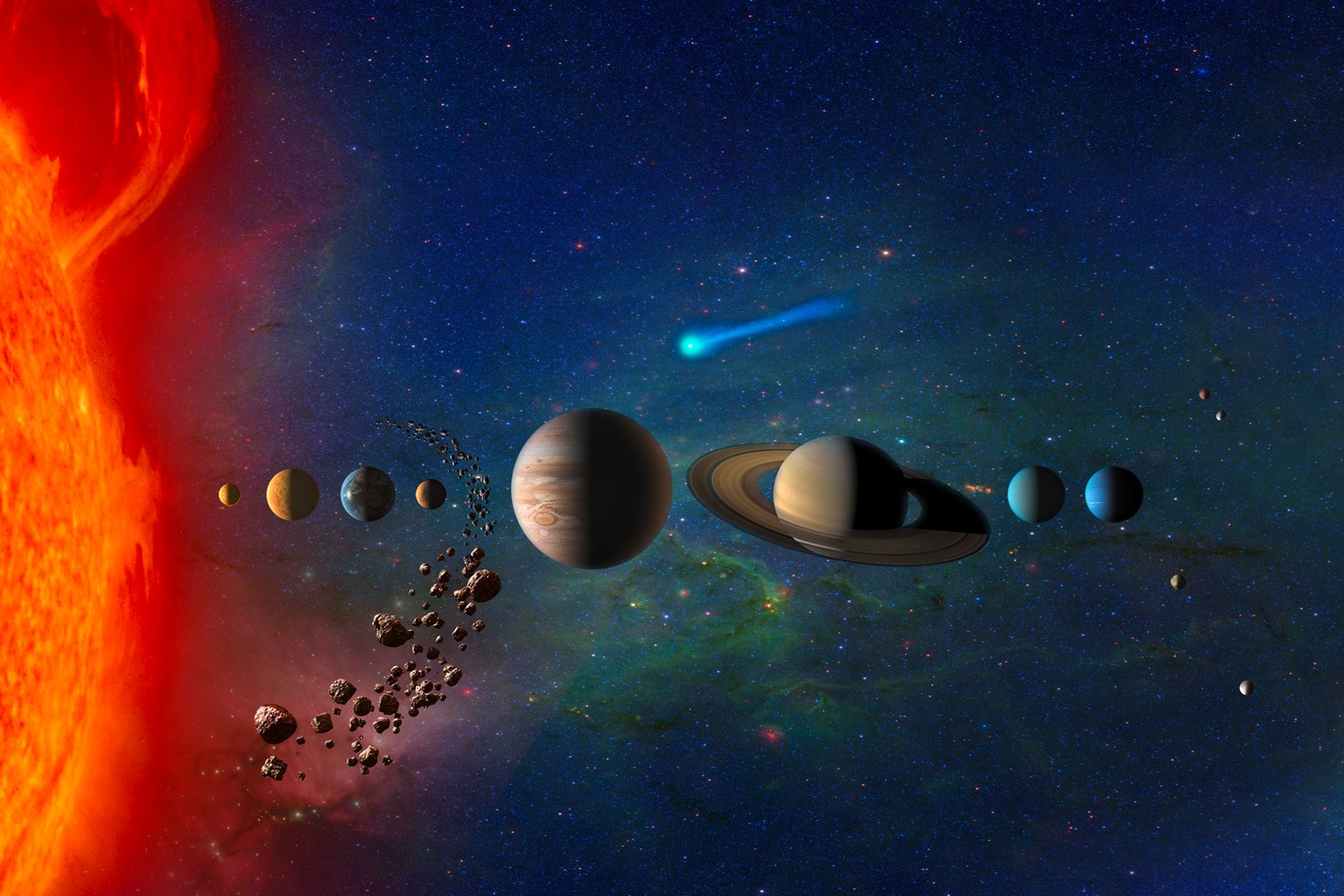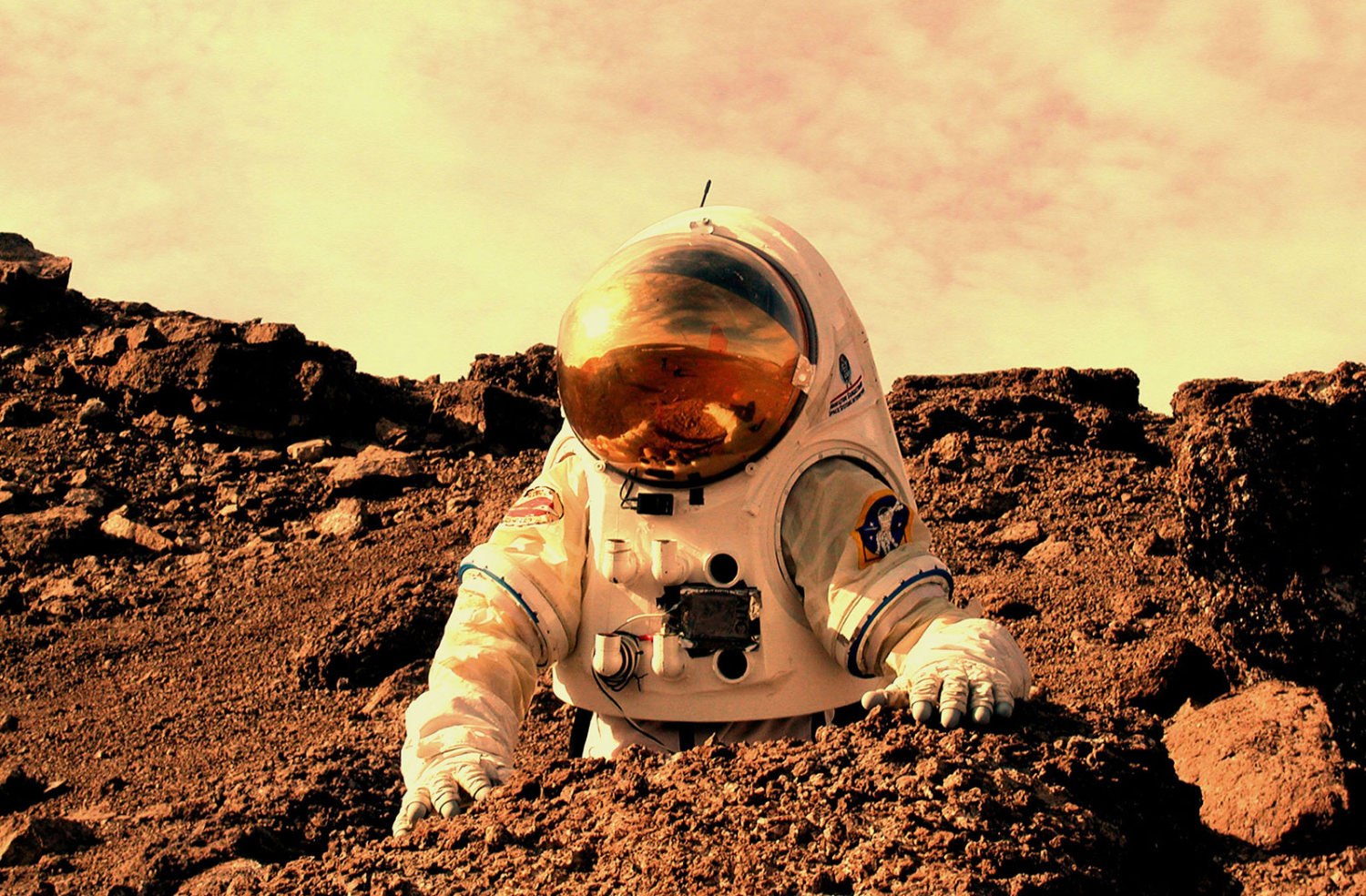Trends
Elon Musk’s Vision, Humans On Mars. Can It Be A Reality? Well, At Your Own Risk As It Turns Out!
Published
11 months agoon

When Elon Musk envisions a future with humans thriving on Mars within 30 years, the idea sounds both exhilarating and daunting. His ambitious plan, primarily driven through SpaceX’s innovations, has reignited humanity’s age-old desire to explore the cosmos.
Through SpaceX, Musk has already made significant progress in space travel, but turning this dream into a reality isn’t as straightforward as building rockets.
Mars is an unforgiving planet, and the challenges of colonizing it go far beyond the technical marvels of transportation.
However, as fascinating as the prospect sounds, turning Mars into a livable world is far from straightforward. The book A City on Mars lays out a compelling argument that this vision may be more dream than reality—especially if the risks are overlooked.
The Hostile Reality of Mars
Mars isn’t just another “Earth with a red filter.” It’s a planet where survival isn’t a given but a gamble. Mars is an unforgiving world. Its atmosphere is thin and composed of 95% carbon dioxide, with barely 0.13% oxygen making breathing impossible without advanced life-support systems.
Temperatures fluctuate wildly from -125°C at the poles to a rare high of 20°C near the equator, making outdoor life impossible without pressurized suits. The thin atmosphere offers minimal protection from deadly cosmic radiation. Unlike Earth, where life flourishes under stable climatic conditions, Mars is a harsh, alien wilderness that seems indifferent to human survival.
Then there’s the radiation. Without Earth’s protective magnetic field and thick atmosphere, Mars is bombarded by cosmic and solar radiation, posing severe risks of cancer, organ damage, and neurological issues.
Living in such a hostile environment would require habitats buried beneath the Martian surface or heavily shielded structures, but even this doesn’t solve all the problems. Power generation, water extraction, and oxygen production would have to operate flawlessly in a setting where a single malfunction could mean death.

Second and more importantly can the human body handle Mars?
Human bodies are amazing, but they’re also finely tuned to Earth. Take us out of our natural habitat, and things go wrong—fast. One major problem? Gravity.
Extended exposure to Martian conditions could have catastrophic effects on the human body. In A City on Mars, the authors explain that Mars’ gravity, which is only 38% of Earth’s, would wreak havoc on human physiology over time. Our bones and muscles evolved under
Earth’s gravity, and prolonged exposure to lower gravity could lead to bone density loss, muscle atrophy, and cardiovascular issues.
Astronauts on the International Space Station experience muscle and bone loss in just a few months. Now imagine living like that for years.
Weak bones, fragile muscles, and a heart that struggles to pump blood effectively. Over time, colonists could face severe health issues, from osteoporosis to cardiovascular problems. Even everyday tasks might become exhausting.
Then there’s the radiation again. Prolonged exposure damages DNA, increases cancer risks, and could lead to long-term neurological issues. Living on Mars might mean trading Earth’s comforts for a lifetime of health problems.
The Big Unknown. Can Humans Reproduce on Mars?
Let’s talk about the elephant in the room—reproduction. If we’re serious about colonizing Mars, we’re not just talking about surviving. We’re talking about thriving. And thriving means future generations.
But can humans even have kids on Mars? The answer isn’t clear, and what we do know is troubling.
Radiation exposure could mess with fertility, cause genetic mutations, or lead to severe developmental issues. Lower gravity might also impact pregnancy and birth. Could a fetus develop properly? Would Martian-born children have weaker bones, different organ structures, or even reduced immune systems?
Without answers, Mars could be a dead-end colony, biologically speaking.
To explain this better, current research suggests significant barriers:
Conception Difficulties: Mars’ low gravity and radiation exposure could disrupt normal reproductive processes, from sperm motility to egg implantation.
Genetic Mutations: Increased radiation could cause mutations in developing embryos, potentially leading to birth defects or infertility over multiple generations.
Developmental Issues: Even if conception were successful, children born on Mars might experience developmental delays due to the different environmental pressures, including weaker bones and muscles.
Without clear evidence that reproduction is feasible on Mars, the dream of a self-sustaining colony remains speculative at best.

Life on Mars won’t just be hard—it’ll be dangerous.
a) Asteroids are a bigger threat than you might think. Mars sits close to the asteroid belt, meaning it’s a prime target. Unlike Earth, with its thick atmosphere that burns up smaller meteors, Mars lets them hit the ground. And with little protection, even modest-sized space rocks can strike Mars with devastating force.
Craters like Hellas Planitia and Gale Crater are reminders of Mars’ violent past. For human settlements, this threat necessitates constant monitoring and adequate infrastructure capable of withstanding direct impacts.
b) Life Support Failures
Then there’s the possibility of life support failures. Living on Mars will depend entirely on technology. If oxygen generators, water systems, or power supplies fail, colonists won’t have much time to fix things.
And Mars is infamous for its massive dust storms—some lasting weeks—that could block solar power, shutting down essential systems and disabling critical life-support systems.
Psychological Strain and Social Breakdown
Finally, let’s not overlook the psychological toll. Isolation, confinement, and the constant threat of disaster could push even the strongest minds to their limits. Stress, depression, and interpersonal conflicts could jeopardize missions, making mental health support as crucial as food or water.
Other Scientific Hurdles
a) Food, Water, and Communication—The Everyday Struggles
Growing food on Mars sounds futuristic, but the soil is toxic, laced with perchlorates. That’s not just bad for plants—it’s deadly for humans. Farmers on Mars would need advanced systems to detoxify the soil or rely entirely on hydroponics, a solution that’s energy-intensive and fragile.
Water, though present as ice, won’t be easy to extract. It requires energy and specialized equipment to melt, purify, and distribute. Any failure in this chain could leave colonists without a crucial resource.
And communication? Mars is, on average, 225 million kilometers away from Earth. Signals take up to 22 minutes to travel one way, meaning real-time conversations are impossible. Imagine dealing with a life-or-death crisis while waiting for a delayed response from Earth. Autonomy will be critical, but also incredibly risky.

A Dream Worth Pursuing—or a Gamble Too Great?
Elon Musk’s vision of Mars isn’t just ambitious—it’s audacious, its almost a gamble with human life.
As A City on Mars illustrates, the journey isn’t just about getting there; it’s about surviving and thriving in one of the harshest environments imaginable. The risks range from technical failures and health crises to unknown biological challenges that could make human life unsustainable.
With so many unknowns and high risks, Mars could remain a distant dream for longer than Musk’s optimistic timeline suggests.
However, if humanity does reach Mars in the next few decades, it will be through immense sacrifice and relentless innovation. Are we ready to take that risk?
Is Mars our next great frontier, would you take the leap? Knowing everything we’ve explored—Mars isn’t for the faint-hearted.

You may like
-


Salvaging The $44 Billion Investment In X. Winds Of Change For Musk Amid His ‘Fix’ Mission Over High Support For Zelenskyy On X
-


After A Tough Year In China, And Plummeting Sales, Can Tesla’s India Gamble Steer It Back On Track Amid Musk’s Controversies?
-


From 14 States Suing DOGE To Musk’s Agenda Of Deleting Entire Federal Agencies—DOGE Has Emerged Un-Able To DOGE Drama!
-


First No And Now Yes, Ontario Pauses Threat To Musk’s $100M Starlink Deal As Trump Offers Tariff Concessions – Why The EU Wants To Wean Itself Off Musk’s Projects
-


Elon Musk’s Bold Bet, Big Win As Amazon Returns, Sues Other Major Brands Over Ad Boycott. Can Legal Action Revive X’s Ad Revenue?
-


Elon Musk To The Rescue? Nasa Astronauts Stuck In Space May Finally Be ‘Earth Bound’ Thanks To Trump’s Directive. But Musk’s SpaceX Was Already On The Job, Why Is There Confusion?